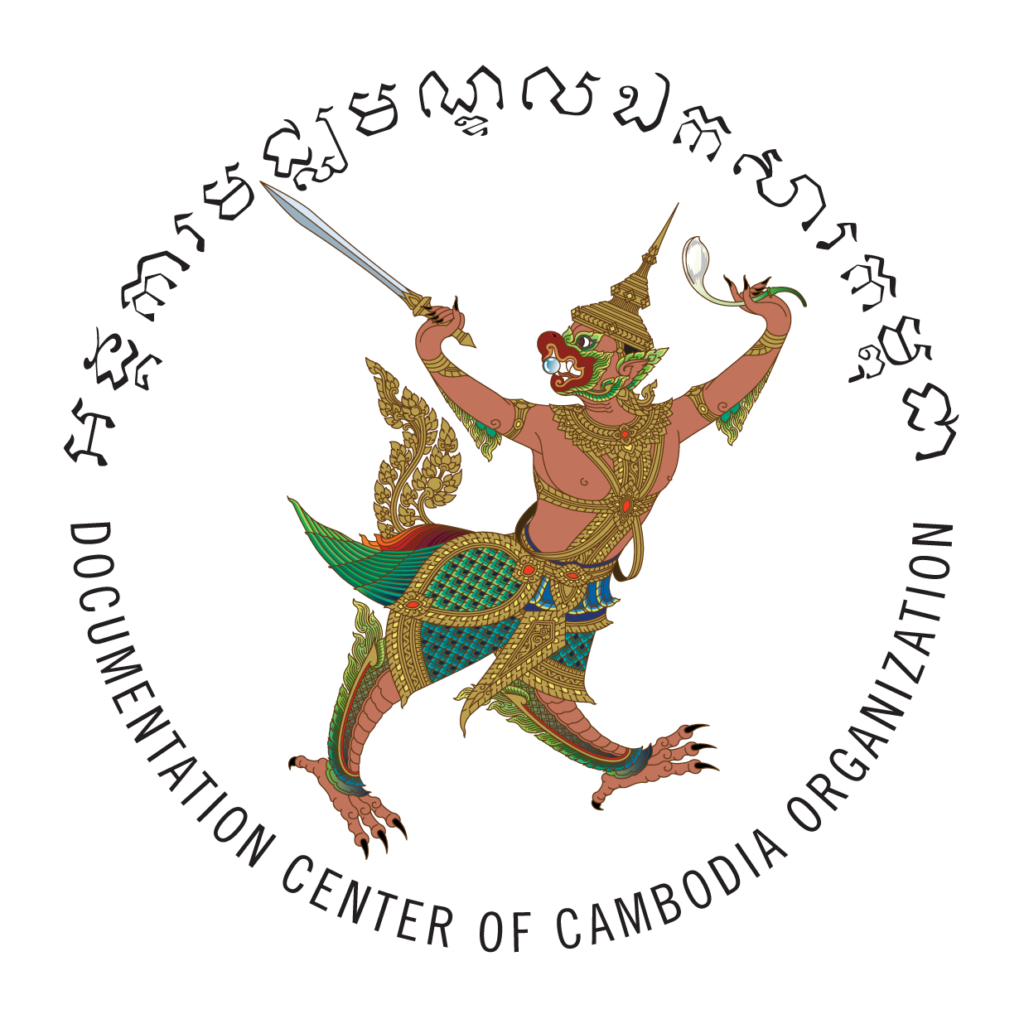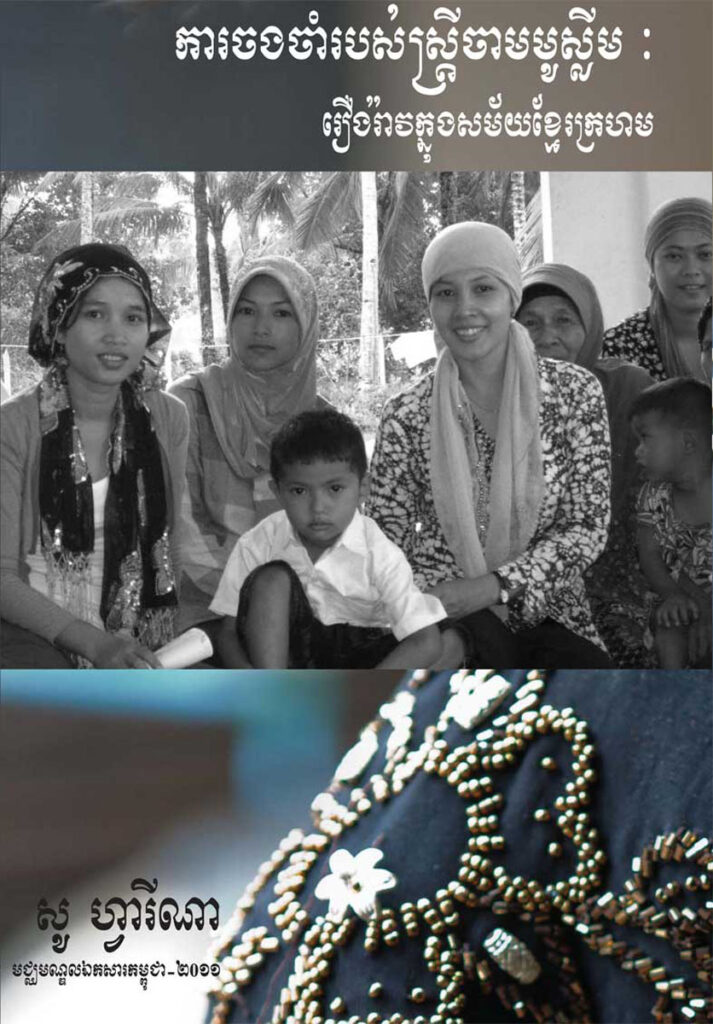This book examines Cham Muslim women’s experiences under the Khmer Rouge regime through the complexities of memory and narrative and uncovers compelling stories of survival and resistance. Khmer Rouge genocidal policies ruptured ethnic and religious identities and resulted in the disproportionate death of the Cham group. Guided by their desire to preserve their families and their cultural identity, Cham women sometimes complied with Khmer Rouge policies, and sometimes secretly resisted. Their recollection of this era and lost family members contributes to the preservation of the Cham identity for future generations, as well as the collective memories of all Cambodians.
ABOUT THE AUTHOR
So Farina has worked at the Documentation Center of Cambodia since 2003 and is currently team leader of its Cham Oral History project, which records the Cham Muslim community’s memories of the Khmer Rouge era (1975-79). This research monograph, drawn from Ms. So’s master’s thesis, focuses on Cham Muslim women’s experiences under the Khmer Rouge.
Ms. So holds a BA in Accounting and Finance from National University of Management (Cambodia) and an MA in International Affairs with a concentration in Southeast Asian Studies from Ohio University (USA). She has participated in international programs related to genocide, oral history, Islam in Southeast Asia, memorialization, information and technology, and truth commissions in Indonesia, Bangladesh, Thailand, Germany, Malaysia, South Korea, and the United States. Besides Khmer, her native language, she is fluent in English and familiar with Bahasa Indo- alay and Cham.
Hijab: Headscarves are scarves covering most or all of a woman’s hair and head. The Arabic word hijab, which refers to modest behavior or dress in general, is often used to describe the headscarf worn by Muslim women. Muslim women wear the hijab for religious reasons, including the desire to be judged for their morals, character, and ideals instead of their appearance.
Funding for this project was generously provided by the Open Society Foundations (OSF) with core support from U.S. Agency for International Development (USAID) and Swedish International Development Agency (Sida).

